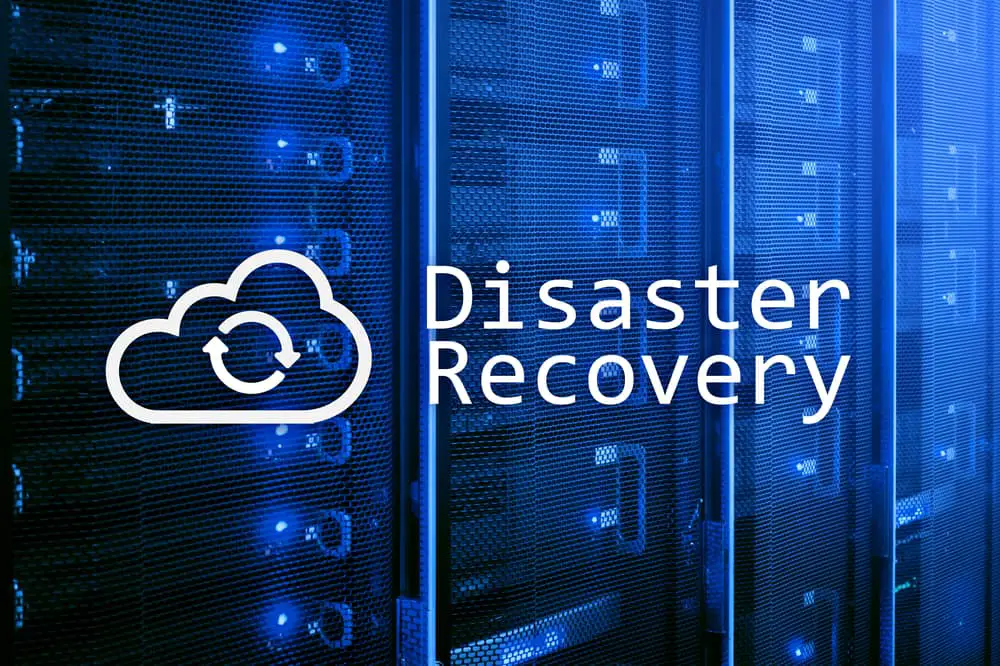In a world where businesses are increasingly reliant on technology and digital systems, disaster recovery is no longer optional—it’s a necessity. The disaster recovery team is an essential part of this critical business function.
Aiming to manage risk and ensure continuity in the face of crises, the team’s role is instrumental in determining how a business rebounds from various disruptions. This article will outline strategies for establishing a successful disaster recovery team and ensuring the survival of your business amidst potential adversities.
Understanding the Concept of Disaster Recovery
Disaster recovery in a business context refers to the planning and implementation of strategies to resume normal operations following a disaster.
Disasters can range from natural calamities and pandemics to cyber-attacks and system failures, all of which can cripple businesses, often irreversibly. The impact can be wide-ranging, including operational disruption, revenue loss, and reputational damage.
Essential Components of a Disaster Recovery Team
The disaster recovery team is a key part of any organization’s business continuity and disaster recovery plan. The team is responsible for planning, implementing, and managing the organization’s response to and recovery from a disaster.
However, there are several essential roles that are commonly part of these teams:
- Team Leader: Oversees recovery efforts, coordinates with departments and external agencies.
- IT Specialists: Restores critical systems, recovers lost data, secures systems against threats.
- Communications Coordinator: Manages internal and external communications, provides regular updates.
- Business Continuity Planner: Identifies critical functions to be restored quickly after a disaster.
- Operations and Logistics Coordinator: Manages resources, coordinates transportation, sets up temporary offices.
- Human Resources Representative: Ensures staff safety, addresses staffing requirements during recovery.
- Legal and Compliance Advisor: Ensures compliance with local laws and regulations during recovery actions.
- Departmental Representatives: Provides input for specific departmental needs and capabilities in the plan.
Building a Successful Disaster Recovery Team
Creating a successful disaster recovery team is crucial to mitigating risks and ensuring quick recovery in the event of a disaster. Seek individuals who possess crisis management skills, technical expertise, and the ability to make quick, sound decisions under pressure.
Once the team is assembled, provide extensive training to ensure they understand their roles and responsibilities. This training should involve realistic disaster simulations to help the team understand what to expect and how to respond effectively.
Regularly update training to reflect changing technological and business landscapes.
Keeping morale high is also important. Encourage teamwork, recognize efforts, and provide psychological support when needed. A cohesive, well-trained team is your best defense against disruptions, ensuring business continuity even in the face of adversity.
Developing a Comprehensive Disaster Recovery Plan
Developing a comprehensive disaster recovery plan (DRP) is a vital part of ensuring business continuity. Here are the essential steps involved in its formulation:
- Risk Assessment: Begin by conducting a thorough risk assessment. Identify potential threats your business could face and analyze their potential impacts. This could range from natural disasters, power outages, to cyberattacks.
- Identify Critical Assets and Operations: Determine the essential systems, processes, and operations that are critical for the survival of your business. These elements will be your primary focus for recovery during a disaster.
- Design Recovery Strategies: For each critical operation identified, develop a strategy for its recovery. This could involve data backups, using redundant systems, or even partnering with third-party vendors.
- Develop Recovery Procedures: Create detailed procedures for executing your recovery strategies. This should include steps to follow, roles and responsibilities, and resources required.
- Communication Plan: It’s important to include a communication strategy. This ensures that staff, stakeholders, and, if necessary, customers are kept informed during the disaster recovery process.
- Train Your Team: Once the plan is developed, it is important to train your disaster recovery team in the execution of the plan. Regular training exercises should be scheduled to ensure everyone knows their roles and responsibilities.
- Test and Update the Plan: Regularly test the plan to ensure its effectiveness and to identify any gaps or weaknesses. Update the plan as necessary, taking into account changes in technology, business operations, personnel, and potential risks.
The Role of Disaster Recovery in Ensuring Business Survival
Disaster recovery plays a vital role in business survival. In an era where operational disruptions can occur from various sources like cyberattacks, natural calamities, or even human error, a well-executed disaster recovery strategy ensures business continuity by minimizing downtime and data loss.
It safeguards critical business functions, enabling them to be quickly restored after a disaster, thus reducing financial losses and reputational damage.
Moreover, a robust disaster recovery plan showcases a business’s resilience and reliability to its stakeholders, further reinforcing trust. By prioritizing disaster recovery, businesses not only equip themselves to survive unexpected adversities but also position themselves to thrive in a dynamic and increasingly digital business environment.
Conclusion
The importance of a disaster recovery team and a solid recovery plan cannot be overstated. As businesses become more digitally dependent, the potential for disasters only grows.
Investing time, effort, and resources in a strong disaster recovery strategy is not just about survival—it’s about ensuring the business’s ability to thrive amidst adversity.

